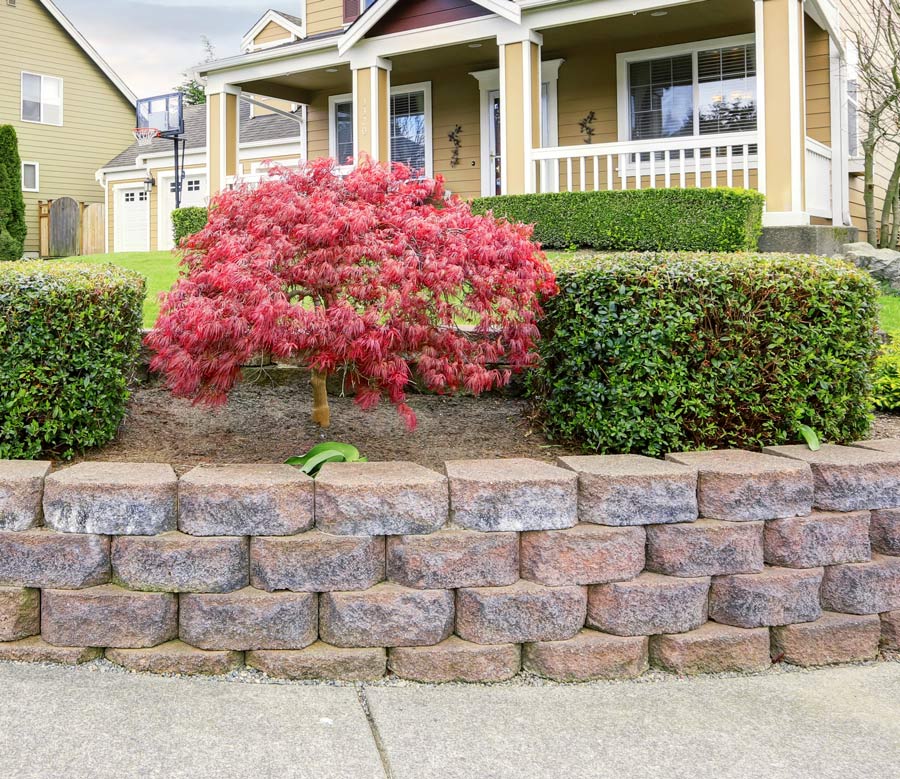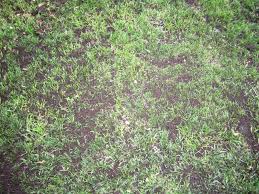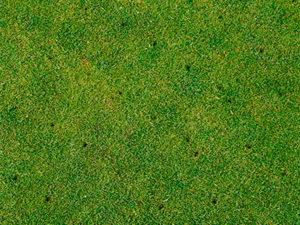
Retaining walls provide both form and function to your outdoor landscape. There are a myriad of reasons a homeowner might use a retaining wall to enhance their outdoor spaces so we wanted to take a moment to discuss the different types of retaining walls.
First and foremost from a use standpoint, there are two main reasons for a homeowner or business to use a retaining wall. Those two reasons are for either aesthetic purposes or structural purposes.
Aesthetic Retaining Walls: Aesthetic retaining walls are just that, for visual enhancements to the landscape. These are often used as planters, visual/physical separators, or to add drama to the landscape. These retaining walls do tend to be less expensive to install as the equipment required and site impact tends to be less than structural walls. There are various materials that are used in the construction of aesthetic retaining walls such as concrete block, natural stone, and timbers.
Structural Retaining Walls: Structural retaining walls are designed and engineered to help provide structural change or support to aspects of a landscape or building. These installations can be done to help shore up an eroded area, grade a sloped area, or reinforce and stabilize and existing element of a landscape. The construction of structural retaining wall can be completed with various materials from timber, natural stone, concrete block, to Gabion Walls that use wire mesh and rocks.
4 Major Types of Retaining Walls
- Gravity walls will hold the earth by the weight of the wall’s material. They can be formal pavers or even a stack of large rocks, but they can fall easily and should be used for short slopes of 3 feet or less.
- Anchored walls are the strongest type and can be combined with other techniques. An anchor is wrapped around the wall, and a base is placed deeper into the hill, which provides the stabilization.
- Piling walls use long piles, or poles, that go deep into the soil and above it. Pilings can be made of metal or treated lumber, and they have a good capacity to hold the soil back.
- Cantilever walls are similar to piling walls, however, they get added strength from a sort of “arm” that extends back into the hill. This can increase its capacity to stabilize pressure.




